You ever send out 50 resumes and hear nothing but crickets?
Same.
Early in my career, I thought my resume was solid.
It ticked every box: education, titles, experience, bullet points.
But in recruiter terms?
It was trash.
Nobody teaches you how to write a resume that actually works after graduation.
Fast forward: I became a tech recruiter reviewing up to 150 resumes a day.
I’ve seen what gets trashed in 7 seconds—and what gets you interviews at Atlassian, Amazon, and beyond.
💀 Brutal truth:
Your resume isn’t being “seen.”
It’s being scanned—fast.
If it doesn’t grab attention immediately, it’s game over.
Here’s what I’ve learned after scanning over 10,000 resumes (and helping hundreds of candidates land interviews at top Aussie tech companies):
Most resumes don’t need a full makeover.
They need a mindset and strategy shift.
Just for fun, I included the first page of the actual resume I used to land interviews at Atlassian and Amazon 3.5 years ago.
No fluff. No gimmicks. Just a layout and structure that actually works.
Might give you a few ideas for your own 👇

So how do you stand out in a pile of resumes?
Here’s the exact playbook I used—and now coach others to follow:
▶︎ Formatting that doesn’t fail you
→ Simple, clean structure recruiters can scan in seconds
→ Why fancy templates actually hurt your chances
→ The 2–4 page rule that applies in the Aussie/NZ market (not the US!)
▶︎ A profile summary that actually sells you
→ How to write a 2–3 line pitch that hooks attention
→ Real examples that beat “motivated team player” any day
▶︎ A skill section that’s credible, not cringey
→ What tech to list (and what to leave out)
→ Why listing 24 tools makes you look junior, not impressive
→ Should you add GitHub or side projects? (Only if…)
▶︎ Work experience that proves you’re the one
→ How to write bullet points that show impact, not just activity
→ The 3-part formula I give every client: Relevance → Results → Tech stack
→ Quantifying when you can, qualifying when you can’t=
▶︎ How to own your career gaps
→ What to say, what not to say, and how to make it a non-issue
▶︎ Why a human touch still matters
→ Hobbies that spark real conversations
→ When to include side projects or passion work (and how)
This isn’t fluff or theory.
It’s the same approach that got me interviews with Atlassian and Amazon—and got others job offers worth 5–6 figures more.
Want to stop getting ghosted? I’ve got two ways to help:
▶︎ Want expert eyes on your resume?
I’ll review, rewrite, and optimize it—so it sells your strengths in 7 seconds flat.
This isn’t just editing.
It’s professional positioning designed to get you more callbacks, more interviews, and better offers.
→ [Complete Resume Review + Makeover]
▶︎ Prefer a plug-and-play template?
Don’t want to start from scratch?
Use the exact resume template and field-tested handbook I give my private coaching clients.
Built specifically for Aussie/NZ tech roles—with real-world examples that work.
→ [Proven Tech Resume Templates + Handbook]
Let’s make your resume do its one job:
Get you in the room.
Cheers,
Eli

